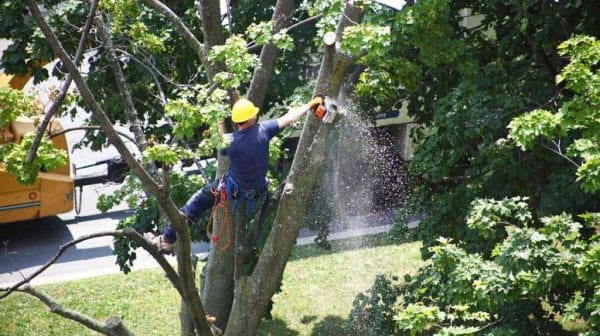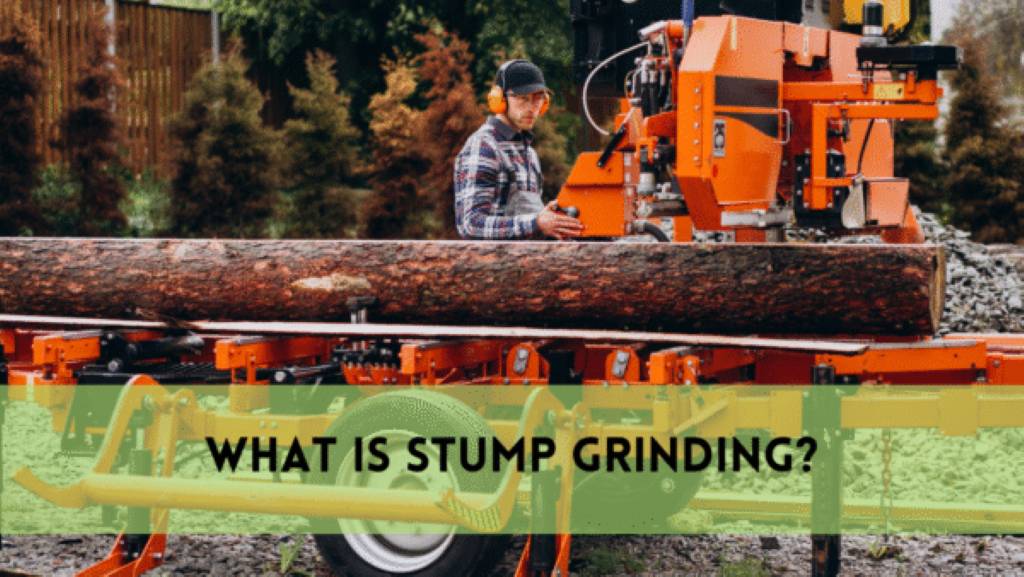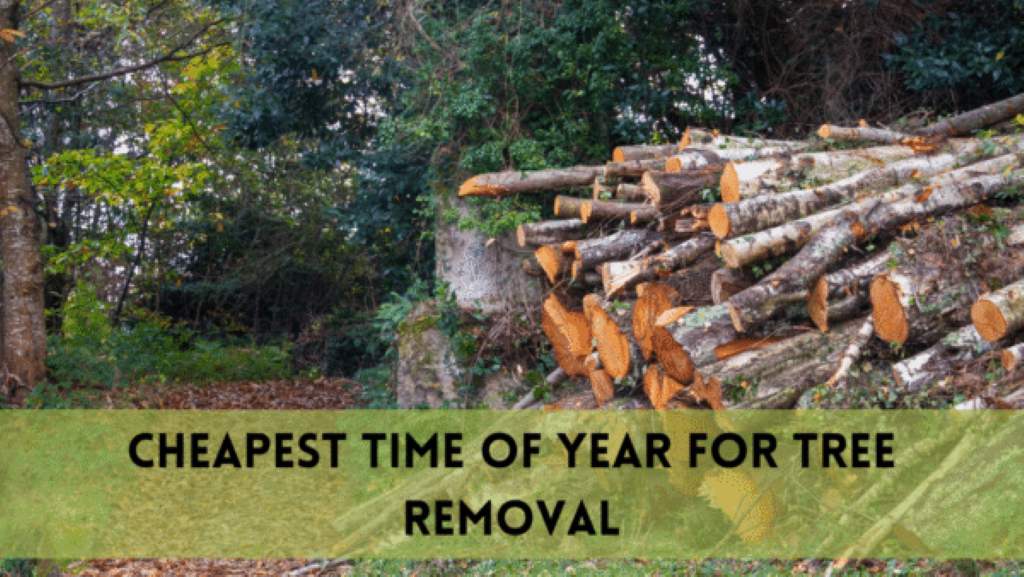Homeowners and landscapers are concerned about Moss on trees. While Moss can lend a touch of wood charm to a landscape, an excessive growth of Moss on tree bark can hurt the tree by preventing sunlight and air from reaching the surface. If you’re wondering how to remove Moss from trees, it’s essential to use a delicate approach to protect the tree’s health and aesthetics. In this article, we will look at practical ways and steps for safely and efficiently removing Moss from trees while minimizing any negative impacts on these beautiful and necessary aspects of our landscapes.
Should Moss be Removed From Trees?
A lot of factors influence the decision to remove Moss from trees. Moss is not inherently damaging to trees and can provide certain benefits. It can give tree trunks a natural and rustic appearance while also acting as a habitat for insects and aiding in moisture retention, which is useful in dry conditions. However, moss removal may be considered in some conditions.
If the Moss develops extremely dense and completely covers the bark of a tree, it may obstruct sunlight penetration, harming the tree’s photosynthesis, especially in younger trees with thinner bark. Finally, the decision to remove Moss from trees should be based on your aesthetic preferences, the tree’s health, environmental factors, and the special demands of the tree.
What Causes Moss To Grow?
Moss growth is mostly influenced by environmental elements that promote its development. Moss flourishes in regions with little sunshine; therefore, shade is important. Another important component is adequate moisture, with high humidity, regular rainfall, or persistent wetness in shaded or sheltered areas, providing a perfect habitat for Moss to thrive.
Furthermore, compacted or acidic soils, as well as low-nutrient situations where Moss can compete with other plants, enhance moss growth. Moss is found in regions that are shady, wet, and undisturbed, such as forest floors, tree trunks, and rocks.
Removing Moss from trees requires a careful approach to ensure you don’t harm the tree or its bark. Here’s a step-by-step guide on how to safely remove Moss from trees:
Materials You’ll Need:
- Soft-bristle brush or broom
- Garden hose with a spray nozzle
- Mild liquid soap (optional)
- Tree-friendly moss killer (copper-based or potassium-based)
- Safety gear (gloves and eye protection)
To protect yourself during the process, put on safety gloves and eye protection.
How To Remove Moss From Trees?
The best time to remove Moss from trees is during the tree’s dormant season, which is normally late fall to early spring. This is the stage of the tree’s life when it is less likely to be actively growing and more resistant to potential injury.
Brush Away Loose Moss:
Begin by carefully removing any loose moss from the tree’s bark using a soft-bristle brush or broom. Hard or wire brushes should be avoided since they can damage the bark.
Water the Tree:
Using a spray nozzle on a garden hose, spray the tree’s trunk and damaged regions with a gentle stream of water. This will assist in loosening the remaining Moss and make removal easier.
Soap solution
If the Moss is very tenacious, combine a light liquid soap with water and apply it to the affected regions. This can assist in breaking down the Moss and making it easier to remove from trees. After using the soap solution, thoroughly rinse with water.
Use a Tree-Friendly Moss Killer:
If physical removal and watering alone aren’t enough, consider using a tree-friendly moss killer. Look for copper- or potassium-based remedies, which are less hazardous to trees than standard chemical moss killers. Follow the manufacturer’s application directions and be careful not to overapply.
Thoroughly rinse the tree’s bark with water after using a moss killer or soap solution to eliminate any residue and protect the tree.
Keep a watch on your tree in the coming weeks and months to monitor and prevent problems. If the Moss grows again, you may need to repeat the cleaning process. Consider increasing tree health by addressing underlying concerns such as inadequate drainage or excessive shadow, which can inhibit moss growth.
Avoid Scraping or Scrubbing:
Never scrape or scrub Moss from tree bark with sharp items or abrasive materials, as this can harm the tree’s protective outer layer and lead to infections or other problems.
Keep in mind that some moss on tree bark is normally harmless and even common in many settings. Only remove Moss if it is causing major issues, such as covering too much of the tree’s surface or contributing to moisture problems.
Benefits Of Removing Moss From Trees
Removing a palm tree from your property might have various advantages. For starters, it improves safety by removing the threat of falling fronds or the entire tree, decreasing potential property damage, and ensuring the protection of residents and pets.
Furthermore, palm tree removal can improve the aesthetics of your landscape, resulting in a more visually pleasing and integrated outdoor area.
It also avoids the spread of illnesses and pest infestations, decreases maintenance requirements, and frees up space for alternative landscaping projects or tree species that better suit your tastes.
Conclusion
Effectively removing Moss from trees requires a careful and considerate approach to ensure the tree’s health and longevity. Whether for aesthetic reasons or to prevent excessive moss growth, the steps outlined in this guide provide a safe and environmentally conscious method for moss removal. By choosing the right time, using gentle techniques and considering tree-friendly moss killers, you can maintain the beauty and vitality of your trees.
FAQs
Is Moss harmful to trees, and should I remove it?
Moss itself is generally not harmful to trees. However, excessive moss growth can block sunlight and hinder photosynthesis, potentially affecting the health of younger trees or trees with thin bark. Removal may be necessary in such cases.
Can I scrape Moss off the tree’s bark?
It’s not advisable to scrape Moss off with sharp tools, as it can damage the tree’s bark. Gentle methods like brushing, using water, and, if necessary, tree-friendly moss killers are more effective and safer.
Are there environmentally friendly moss killers available?
Yes, there are moss killers that are safer for trees and the environment. Look for products that are copper-based or potassium-based, as they are less harmful than traditional chemical moss killers.
When is the best time to remove Moss from trees?
The dormant season, typically late fall to early spring, is the best time for moss removal as trees are less actively growing, making them more resistant to potential damage.




